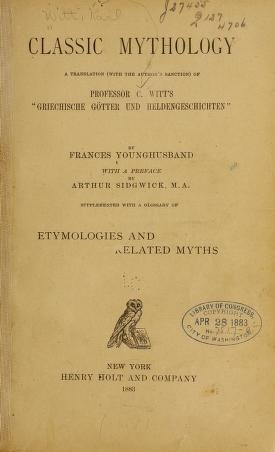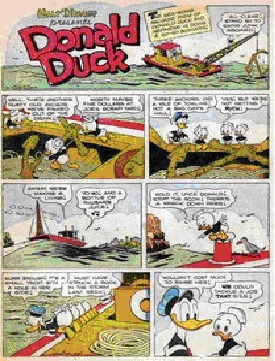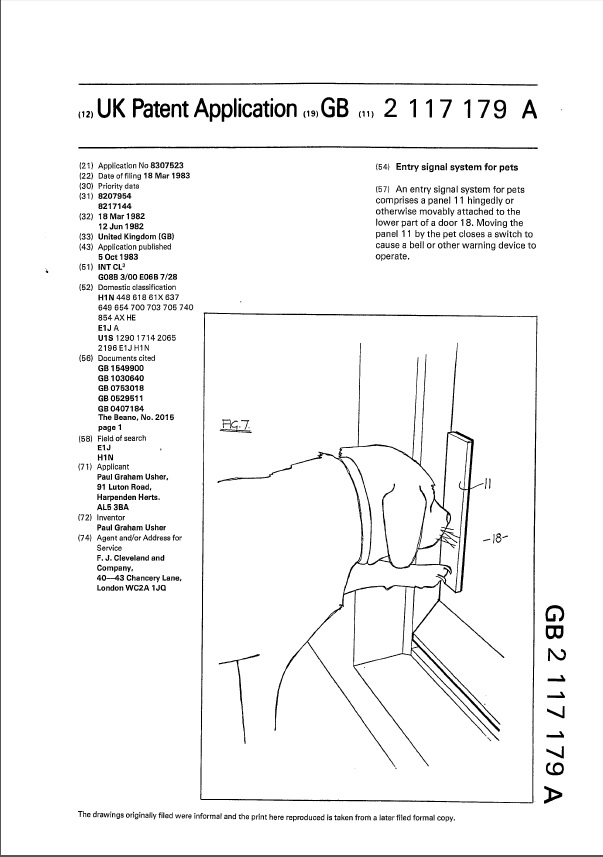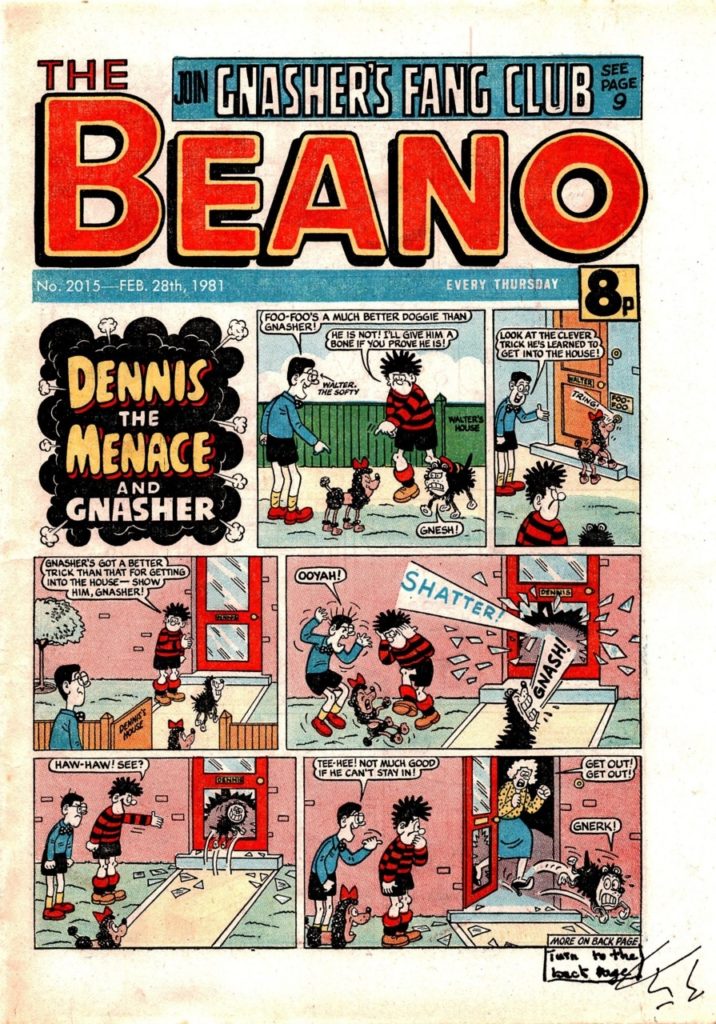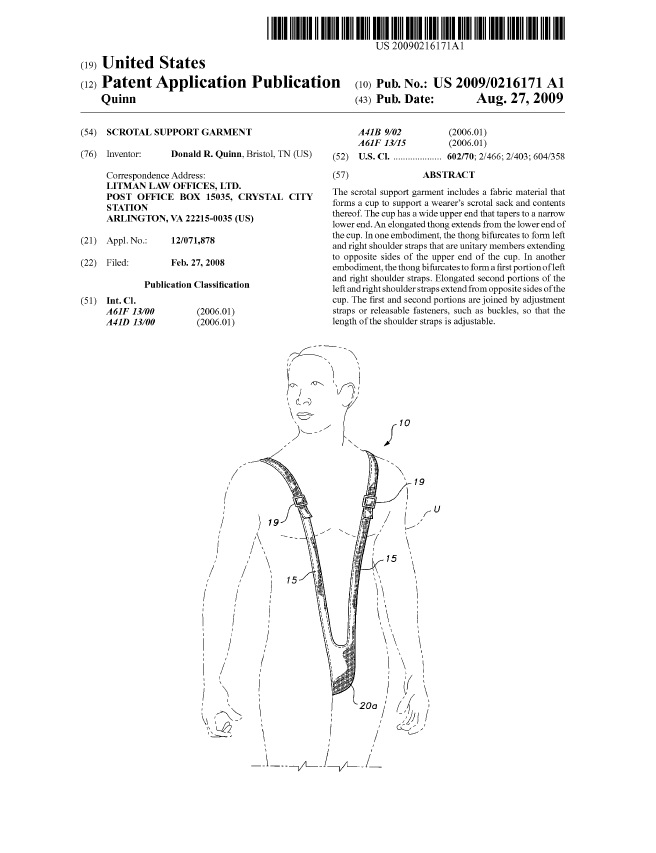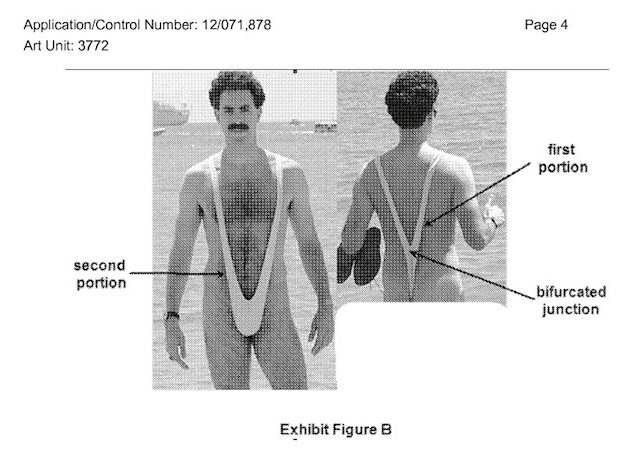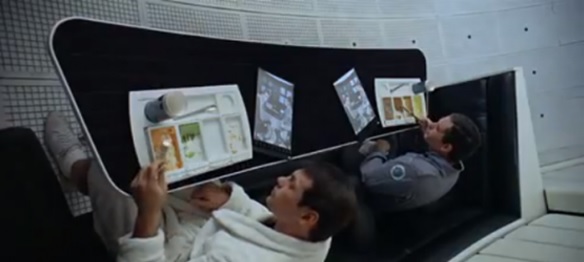In ATI Technologies ULC v. Iancu, [2016-2222, 2016-2406, 2016-2608] (April 11, 2019), the Federal Circuit reversed the PTAB’s decisions of invalidity of all but one of the claims challenged in three IPRs, finding that the PTAB erred in its application of the law of diligence, and that on the correct law, diligence was shown, thereby antedating the relevant references.
ATI’s U.S. Patent Nos. 7,742,053, 6,897,871, and 7,327,369 were challenged in three separate IPRs. ATI defended on the grounds that the inventions in these three pre-AIA patents were made before the effective date if the asserted prior art. The Board agreed that conception was established before the primary reference dates, and that constructive reduction to practice occurred on the filing date of each patent. However, the PTAB held that ATI had not established actual reduction to practice and had not established diligence to constructive reduction to practice, for all three patents, and invalidated all but one of the challenged claims.
On the issue of diligence, the Federal Circuit noted that a patent owner need not prove the inventor continuously exercised reasonable diligence throughout the critical period; it must show there was reasonably continuous diligence. The Federal Circuit said that under this standard, an inventor is not required to work on reducing his invention to practice every day during the critical period, and that periods of inactivity within the critical period do not automatically vanquish a patent owner’s claim of reasonable diligence.
The Federal Circuit said that the PTAB applied an incorrect definition of diligence, and Petitioner conceded as much before it withdrew from the appeal. The Federal Circuit rejected the Director’s attempts to characterize the PTAB’s erroneous definition as “boilerplate,” because the PTAB appeared to find a dispositive difference between “continuous reasonable diligence” and “reasonably continuous diligence,” when if found a lack of diligence despite the documentary evidence of activity by ATI on “every business day.” The Federal Circuit concluded that the PTAB applied the wrong legal standard for diligence.
The Federal Circuit expressly rejected the Board’s position that developing and testing of alternative and optional features negated diligence, stating that diligence is not negated if the inventor works on improvements and evaluates alternatives while developing an invention.
Although the significance of diligence to patent law continues to wane ten years after the AIA, because the majority of applications are governed by the AIA and not the pre-AIA law where diligence was required to antedate a reference, the Federal Circuit continues to enforce an element of reasonableness to the determination of this issue (and hopefully others).

